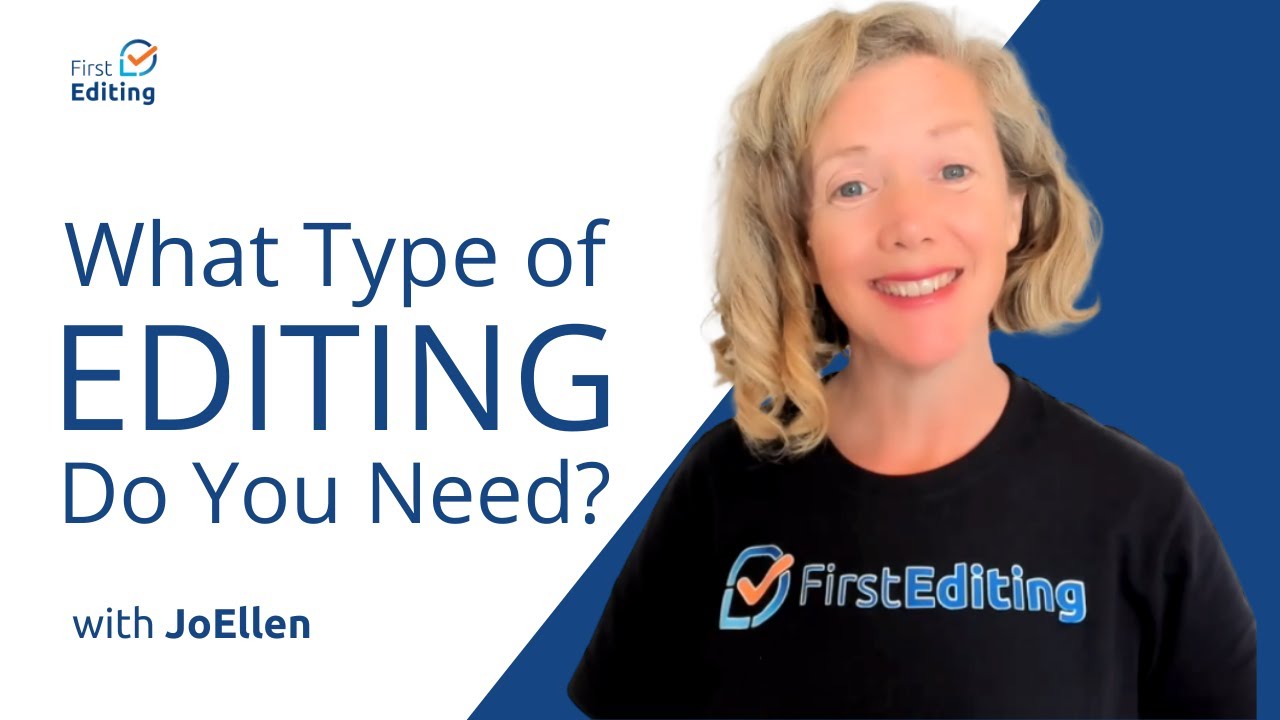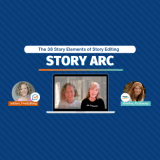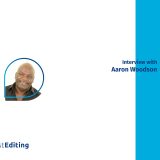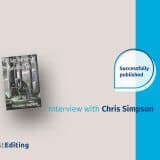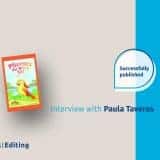
We discussed revelation and its importance in writing in the previous episode. In this episode, JoEllen Nordstrom is joined by Kristina Stanley from Fictionary to explain how to use backstory in fiction writing, its role in your tale, and how it differs from revelation.
Learn how to incorporate backstory in your writing and get immediate advice on how to improve your writing now.
What is the difference between revelation and backstory?
Revelation happens in the here and now in your story, while backstory happened before your story even began. Every character has a history, and it’s important to select which parts of that history you want to share with your reader. The biggest tip I can give you is that the history needs to be related to the current story.
How backstory can help or hurt your story
If backstory is not relevant to the plot, it doesn’t need to be in the story. Only include pieces of history in the character’s life that are relevant to the story.
How can you use a backstory?
Backstory is really helpful for creating character motives. Let’s say we have a character who had an accident or was attacked in their early teenage years by a stranger. That experience changed them, so maybe they fear being in big crowds or are afraid of movie theaters because it happened in one. Whatever it is, the experience told in the backstory has changed the character’s personality, and it will motivate them through their lives, affecting how they behave and react. A good backstory provides a basis for the characters’ motivations throughout your story.
Using backstory effectively
There are a couple of things to be careful about with backstory. One, don’t put too much at the beginning of your novel. It isn’t relevant at that point. What’s important at the beginning is to get your reader engaged in the story happening in the now. Use as little backstory as possible, just enough to create the right context for the reader, as too much can be boring.
Look at the first few scenes of your novel, write down every piece of backstory in them, and decide if the reader needs to know that information now or if it can be held off until later.
As you go through your story, you also want to look out for chunks of backstory that are quite long. If you have a whole paragraph of backstory with ten different items, pick the two most important ones and use those.
If you can, weave the backstory into the action of a scene. For example, maybe the story is about a woman who rescues all kinds of animals, and her back story is that she had an animal that was stolen from her and ended up in some terrible situation. Let’s say it’s a yellow lab, and she sees a yellow lab on the street that looks exactly just like hers. That can be a trigger to go into her backstory and have her think, Oh, that looks so much like Rocky. If you can relate a backstory trigger to something in the existing action, you avoid bringing the story to a halt just to impart information to the reader.
If you enjoyed this chapter, please share it and let us know what you learned from it.





